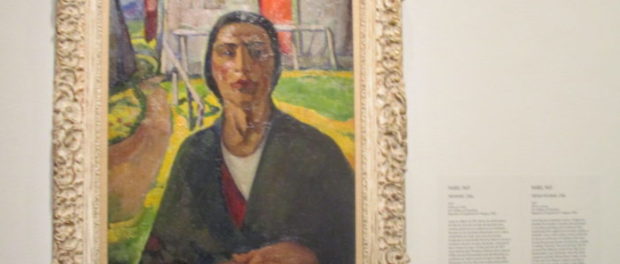Aboriginal Communities: Demystifying Terminology & Other Quebec Curios
Ask a high school student about what they learned about Canada’s indigenous communities in history class and you might get an answer akin to the aboriginals (of two kinds, which they cannot remember at this moment) were scattered across Quebec and were the only people present until the European explorers came in the 1500s. However, indigenous people, outside the history textbooks, are a many-faceted people descended from the Pre-Colombian people, who themselves are descended from the Paleo-Indians, the first people to come into the Americas. In particular, there are ten First Nations communities and one Inuit community that bear the title of historic aboriginals of Quebec.

Hoop dancer “cradling baby”. Missing and Murdered Aboriginal Women March and Vigil. Photo Rachel Levine
First Nations communities are separate from the Inuit community in both the regions they tend to inhabit (the Inuit inhabiting the arctic regions of Canada as well as other countries) and are separated as well in many laws (see, for instance, the 1982 Constitution Act). The deprecated terms, at least in Canada, for each of these communities are Indian (First Nations) and Eskimo (Inuit), though these terms do seem to stick elsewhere, such as in the United States. The Métis, on the other hand, are a different type of indigenous community who are people whose ancestors include unions of First Nations communities and non-First Nations.

McGill Pow Wow. Photo Michael Backouch.
Quebec’s indigenous communities play important parts throughout Quebec history since the beginning of its history. In early history, their interactions among each other and with the European colonisers would shape the beginnings of Quebec as a colony. Later in history, communities of indigenous people were subjected to the residential school system, a movement of boarding schools organised by the Catholic, Anglican, and the United Church of Canada. These residential schools took Amerindian children from their parents and forced the children to abandon their cultural heritage in order to assimilate them into “Canadian” culture. Quebec in particular had eleven residential schools. In the next few weeks, we will look at each of these communities in general and their heritage and culture, and in particular their roles during the beginnings of Quebec history.
Have a comment, question, or complaint for T.A.? Leave it in the comments section below.






